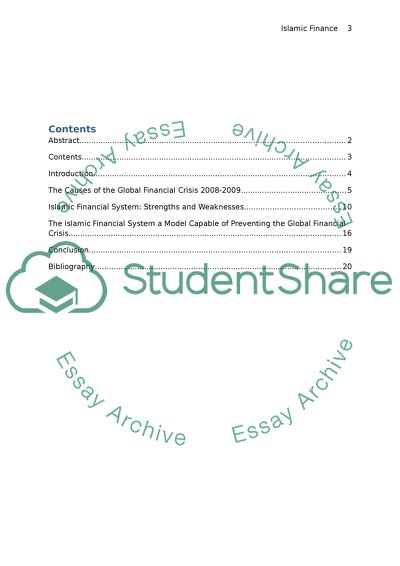Cite this document
(“Would Islamic finance have prevented the current global financial Essay”, n.d.)
Retrieved from https://studentshare.org/law/1394046-would-islamic-finance-have-prevented-the-current
Retrieved from https://studentshare.org/law/1394046-would-islamic-finance-have-prevented-the-current
(Would Islamic Finance Have Prevented the Current Global Financial Essay)
https://studentshare.org/law/1394046-would-islamic-finance-have-prevented-the-current.
https://studentshare.org/law/1394046-would-islamic-finance-have-prevented-the-current.
“Would Islamic Finance Have Prevented the Current Global Financial Essay”, n.d. https://studentshare.org/law/1394046-would-islamic-finance-have-prevented-the-current.


